Projects
Agroforestry
Climate predictions suggest that Quebec agriculture will have to adapt in the future to higher temperatures and more frequent drought events that could negatively affect crop productivity and change the relationship with insect pests. Some ISFORT projects are studying the effects of agroforestry systems and decreasing water availability on the microclimate, tree-crop interactions both above and belowground, and soybean aphid dynamics.
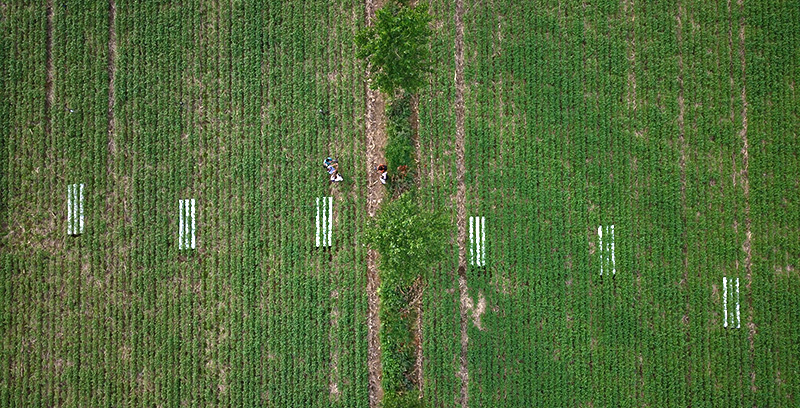
ANCRAGE : Agriculture, Nature and Communities – Research and actions in Environmental Governance
In the last ten years, there has been an increasing interest in the value of ecosystem services (ES), particularly at the national level. In this context, a pilot project, integrated into the framework of the System of Environmental-Economic Accounting (SEEA) (Systeme de Comptabilte Environnementale et Economique – SCEE) will provide an initial estimate of the economic value of ES produced by ecosystems in southern Québec and compare their evolution over time. The approach is based on a combination of a spatial analysis of ecosystem quality, an estimation of ES biophysical flow, and an economic analysis of using market price methods, replacement costs, and profit transfer. This will lead to the development of a method for economic mapping that is integrated into the SEEA and will produce new information on the environmental and economic state of the territory and the changes over time.

Capital Nature
The Capital Nature project aims to develop a network of permanent plots to measure, in the long term, the functional features and site characteristics of all types of forests in the temperate biome. Together, these sites, increasing in number every year, will allow for the creation of an original and unprecedented scientific database. Such a database will then make it possible to study (i) the links that associate the biodiversity of the temperate forest ecosystem with the services it renders to the population and (ii) the influence of our actions on these links. In order to perpetuate this multi-site system, sustainable partnerships are being set up with private landowners (individuals, associations) and municipal and provincial public lands. Through community funding, new plots have been installed, measurements have continued on existing plots, and the database has been expanded. Open to the entire scientific community via a data sharing protocol, the data is accessible for the continued study of the processes and services provided by the ecosystem. The results of this research are disseminated to the donors when requested, but also to the decision-makers who are responsible for land use planning.

Forest Adapt: Adaptation to climate change
Forest Adapt is a research program funded by NSERC in collaboration with stakeholders in the Vallée-du-Haut-Saint-Laurent, Quebec. This research program aims to lay the foundations for adaptive silviculture in the deciduous forests of southern Quebec. A first set of projects assesses the vulnerability of forests to different stresses and threats, such as drought, air pollutants, invasive species and insect epidemics. The second phase of the project aims to define a means for recognizing the adaptability of forest communities to these stresses and to integrate this assessment of adaptive capacity into silvicultural planning. Finally, adaptive silviculture experiments are carried out in which the physiological vigor of the trees is followed.
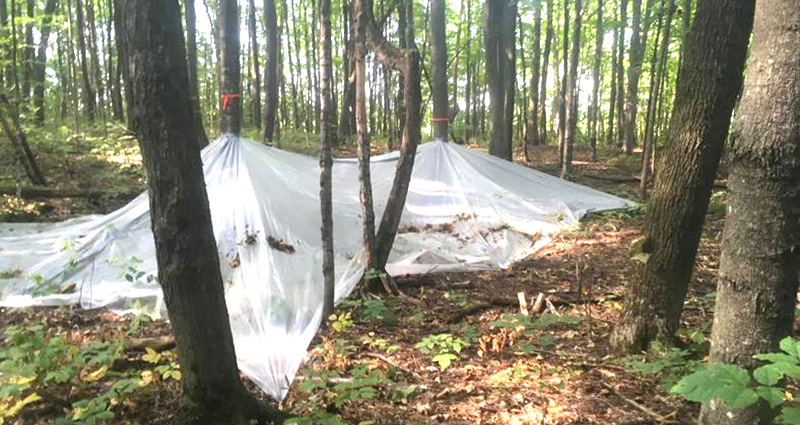
Urban forestry
Urban trees and green infrastructure provide directly and indirectly, through the functioning of the resulting urban terrestrial ecosystem, many ecosystem services essential to our well-being. Several ISFORT projects seek to quantify the importance of urban green spaces for various ecosystem services, and to promote a green infrastructure network that is more resilient to global changes. The results of these various projects will enable urban forest managers to make more informed choices to be of greatest benefit to the economy and society as well as to biodiversity.

Tree planting and biodiversity
Effects of tree planting on plant and animal biodiversity
Forest plantations are increasingly used around the world to meet the demand for wood. The effects of these plantations on local biodiversity and the landscape are not yet well understood, particularly in Quebec, raising concerns by many including forest certification bodies. Several projects at ISFORT aim to understand the effects of forest plantations on animal populations and communities (birds, small and large mammals, invertebrates), with the goal of establishing plantations that maintain biodiversity.
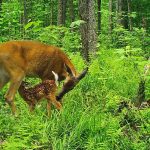
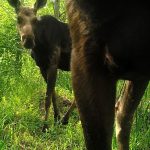
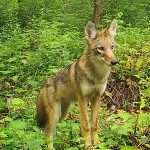

Other start-up projects will use plantations with different mixes of species and spatial arrangements (rows, random or complex) to assess the impact of different silvicultural practices or planting types on several forest ecosystem functions. These projects will contribute to an IDENT diversity planting experiment and the TreeDivNet global network.
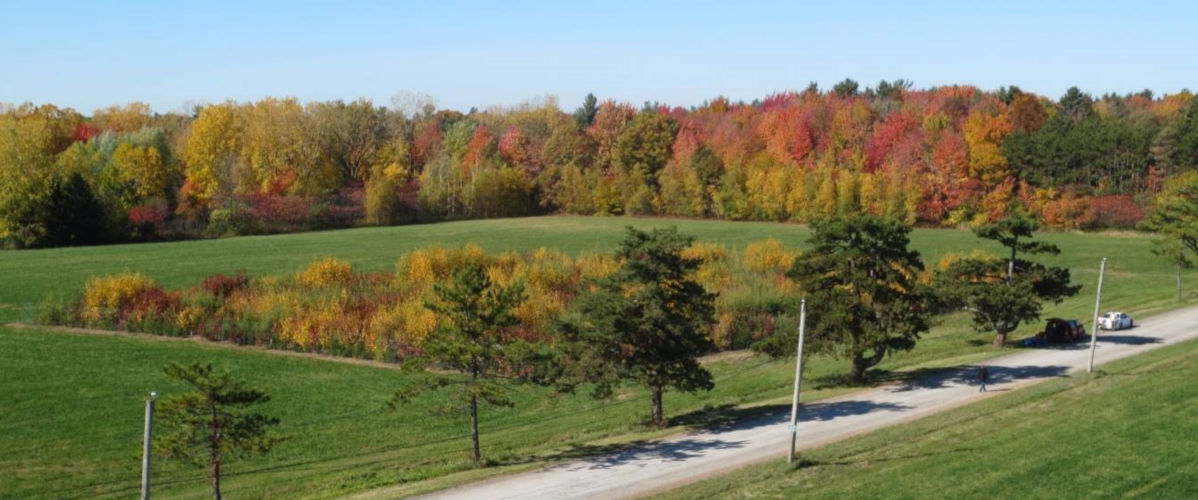
DNA sequencing
In order to estimate and predict the impact of human activity on the functioning of temperate forests, it is essential to accurately measure their biodiversity. However, major constraints to traditional large-scale biodiversity inventories is the need to identify species using morphological characters as well as laborious and time-consuming techniques. Such identification also requires taxonomic expertise, which means that the analysis is best carried out by teams with this expertise. However, even for experts, it may be difficult to identify the different stages (eggs, larvae, juveniles) of certain species as well as to detect rare and / or discrete species. In this project, we are evaluating a new high-throughput sequencing technology for performing biodiversity inventories in terrestrial and aquatic environments using DNA present in the environment.

